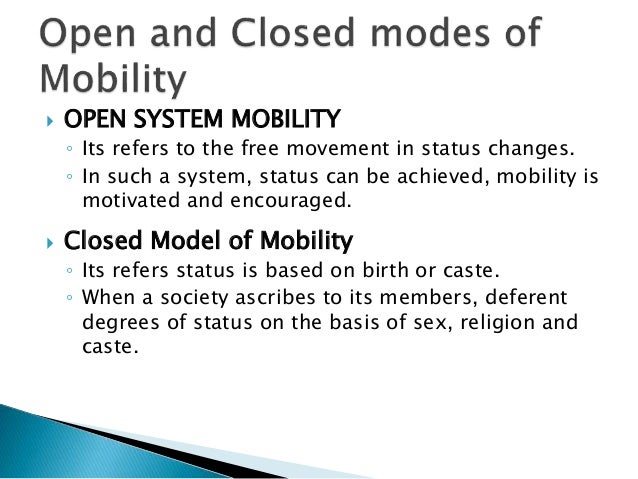Appointment of non-Brahmins as Priests
Relevance: Sociology: Challenges of social transformation: Caste conflict; open and closed system in caste Social change: Social stratification & GS 1 : Salient features of Indian Society

Context
- Travancore Devaswom Board (TDB) in Kerala decided to introduce a reservation policy in the recruitment of temple priests, a decision that has garnered attention across India for its “radical” nature.
- It is being celebrated as a revolutionary decision taken by the Kerala government and an indication of the progressive nature of Malayali society.
- However, it must be noted that this move comes eight decades after the Temple Entry Proclamation in 1936. Background
- The appointment of Dalit priests to temples in Kerala has been engendered by the growing departure of Brahmin youth from priestly jobs, coupled with existing aspirations of the lower castes to become priests in Brahminical temples.
- This move is aimed at the formation of a cohesive “Hindu community” through the reconfiguration of caste practices, not the eradication of caste. Paucity of Brahmin Priests
- Primary data collected for the author’s doctoral research shows that the scarcity of Namboothiri (Kerala Brahmins) priests in Kerala temples is a live issue.
- This is directly related to the social transformation of the state over the last many decades, especially since the eradication of landlordism and implementation of the Kerala Land Reforms (Amendment) Act, 1969.
- Temples have been undergoing financial instability as a result of land reforms and the restructuring of society.
- In this context, younger Namboothiris largely seek mobility through modern education and employment.
- Moreover, changing standards of social status and codes of social dignity have marked priestly jobs as low-rated ones in the marriage market of theNamboothiris.
Kshetratantra Trainings and Aspiration of Non-Brahmins
- The training of priests was traditionally conducted in and by Namboothiri families, but the above-mentioned social conditions contributed to the decline of such spaces, leading to the setting up of institutions for priest-training.
For more such notes, Articles, News & Views Join our Telegram Channel.
Click the link below to see the details about the UPSC –Civils courses offered by Triumph IAS. https://triumphias.com/pages-all-courses.php

